ak diesel driver
6.5 driver
Are you using a spot weld bit?
Follow along with the video below to see how to install our site as a web app on your home screen.
Note: This feature may not be available in some browsers.
Actually no, I looked them up, watched reviews, and saw people struggling with them. Decided to just try with normal bits. I was punching centers, starting with a 1/4-inch, then reaming out with a 1/2-inch until I could see the tip break through the 1st layer.Are you using a spot weld bit?
I saw that a lot around stainless. People would put the drill on high and smoke one bit after another.I have a couple don't know what brand they are. Biggest mistake most make is RPM, running them too fast
I did notice that to on the video, I found yesterday with good pressure, slow oscillating trigger seemed to "dig" the best. Will have to see if I can find one to try, I am 3/4 done with the passenger side currently.I have a couple don't know what brand they are. Biggest mistake most make is RPM, running them too fast
Tools of choice yesterday were chisel (to pry the seams apart like your stating), hammer, punch (to center the drill bit), and of course 2-separate drills setup with bits. I was getting good with the drilling yesterday, that a couple taps on the chisel it would pop the remaining weld right apart.I have used the spot weld bits, then after drilling used one of those heavy duty wood handle gasket scrapers to get between the layers and sort of chisel out the rest of what remained of the spot weld.
If You use a wood handle scraper for a chisel, grind back the wood on the end of the handle or else it will split as the steel becomes deformed. grind it back a decent amount too.
Luckily I found a few good quality bits at the shop, they seem to be still cutting good. Tried to find the 135º tips for less "point" penetration.I saw that a lot around stainless. People would put the drill on high and smoke one bit after another.
I was drilling next to an electrician and he asked for one of my drill bits. I told him it wouldn't do any good. He got his bits from.Fastenal same as I did. - their gold bits were good. Their cheap bits were garbage. A few Fastenal stores refused to stock the cheap bits.
A little anchor Lube, a little pressure and trigger the drill on and off. If you see smoke, get off the trigger.
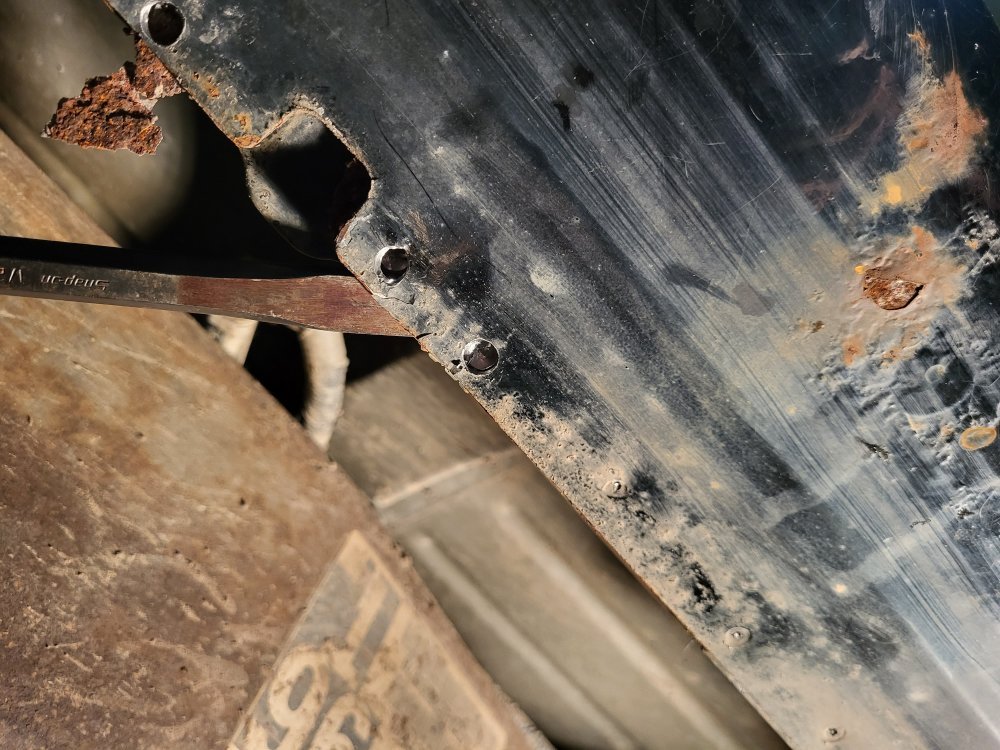
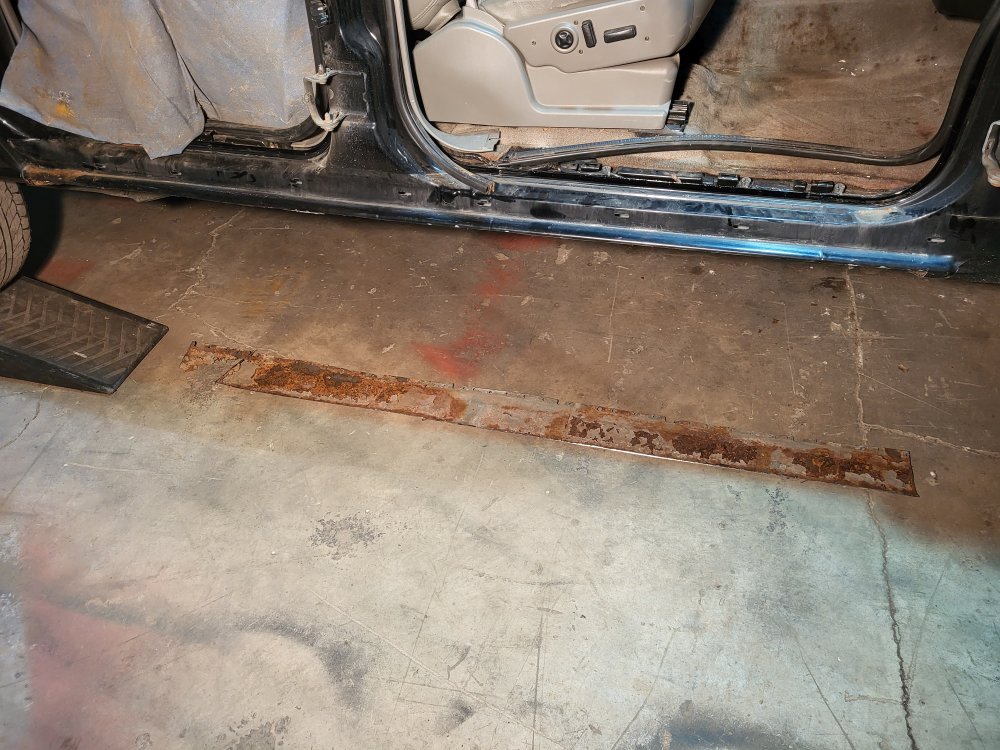
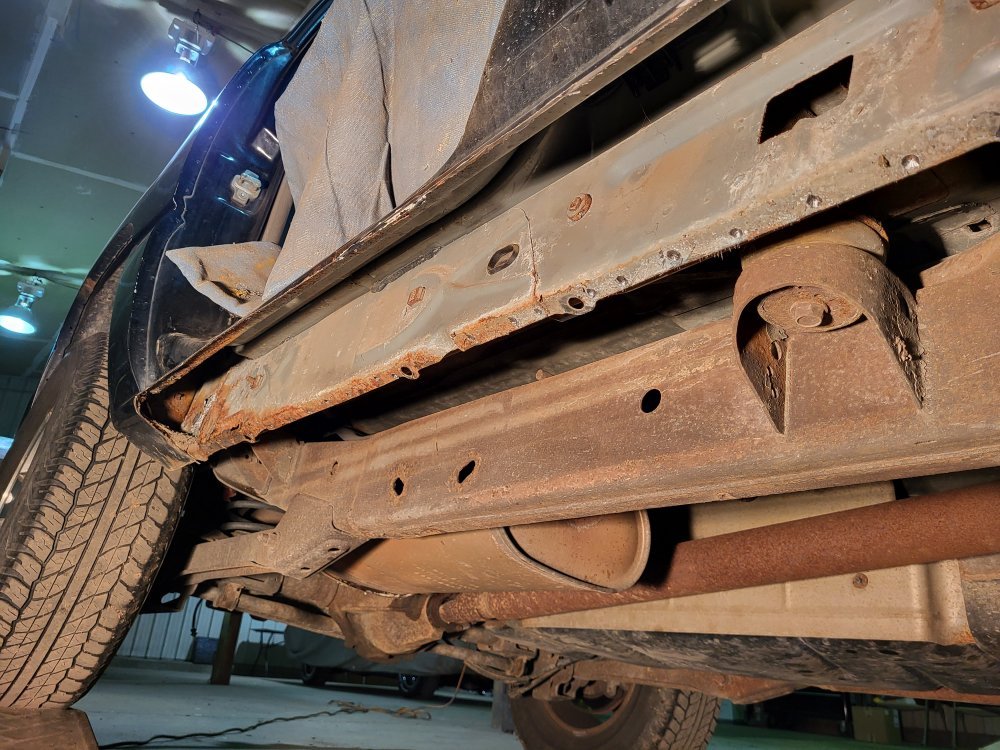
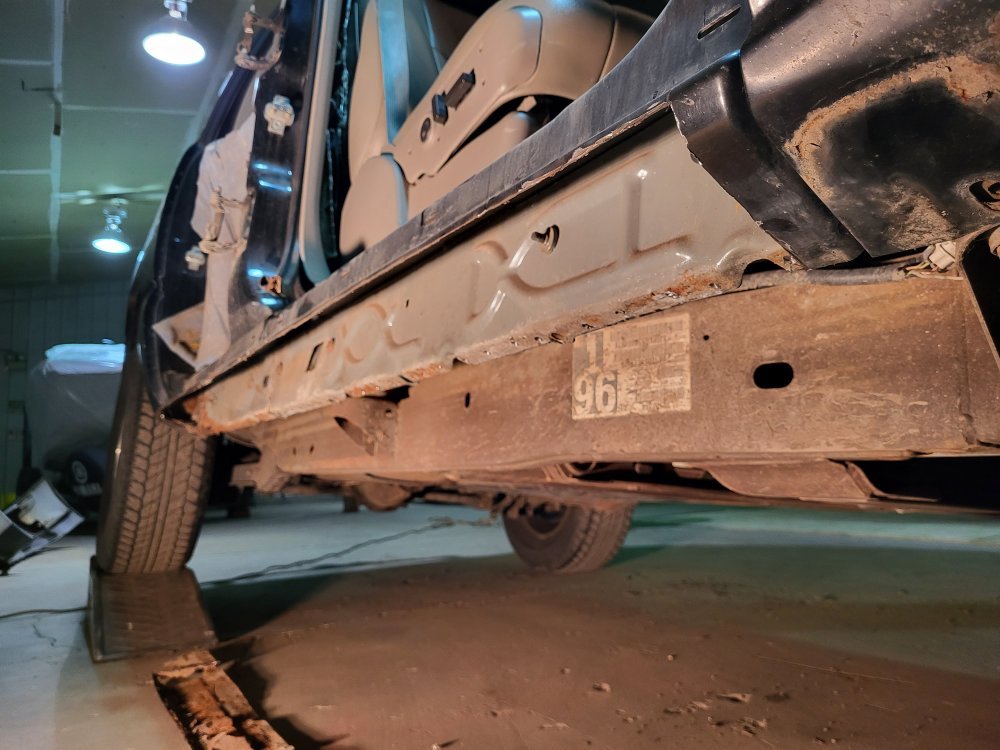
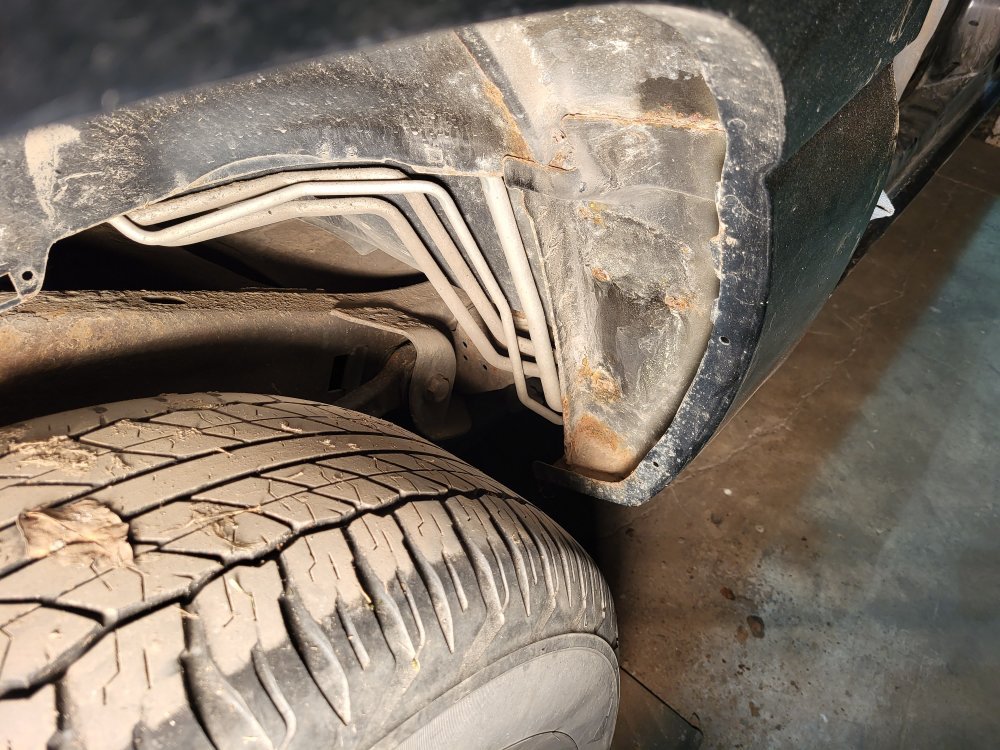
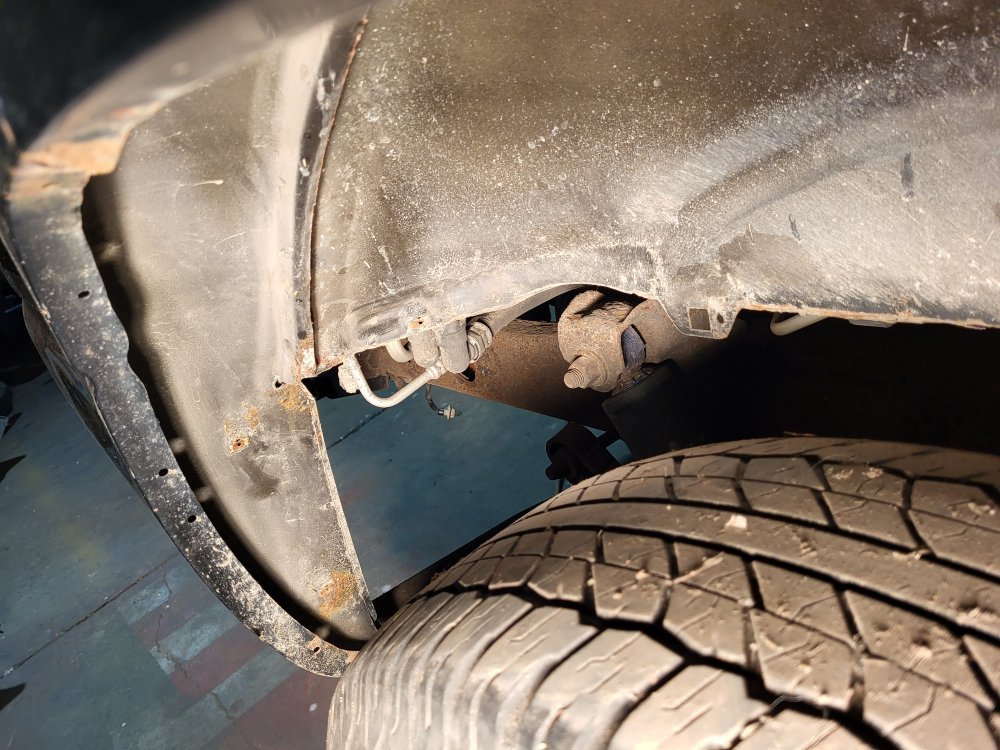
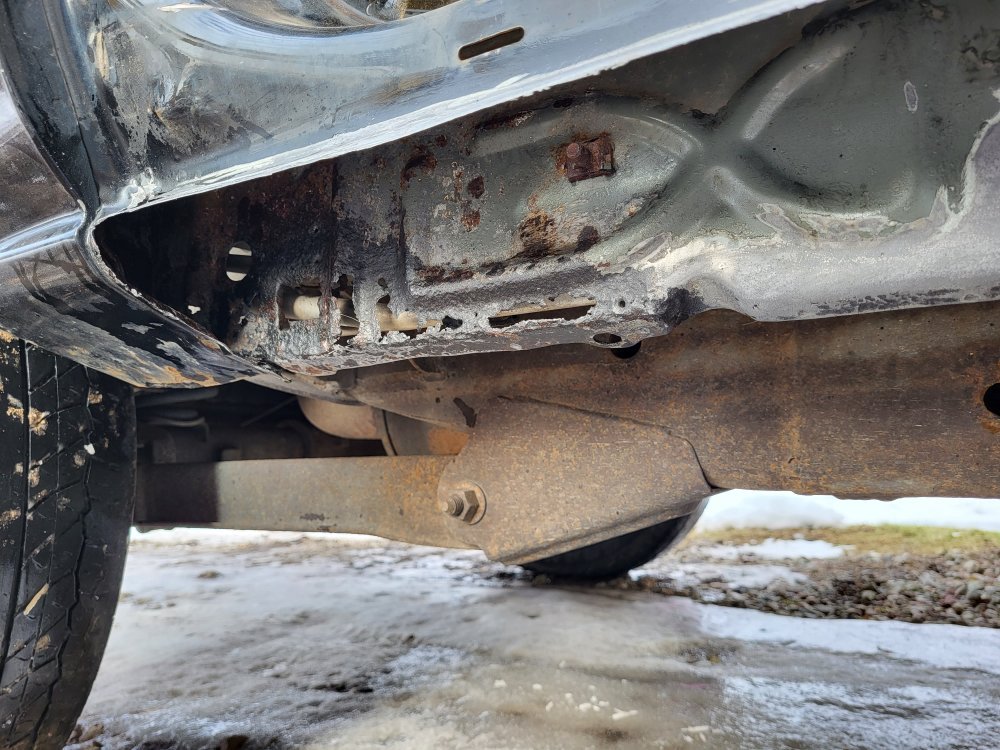
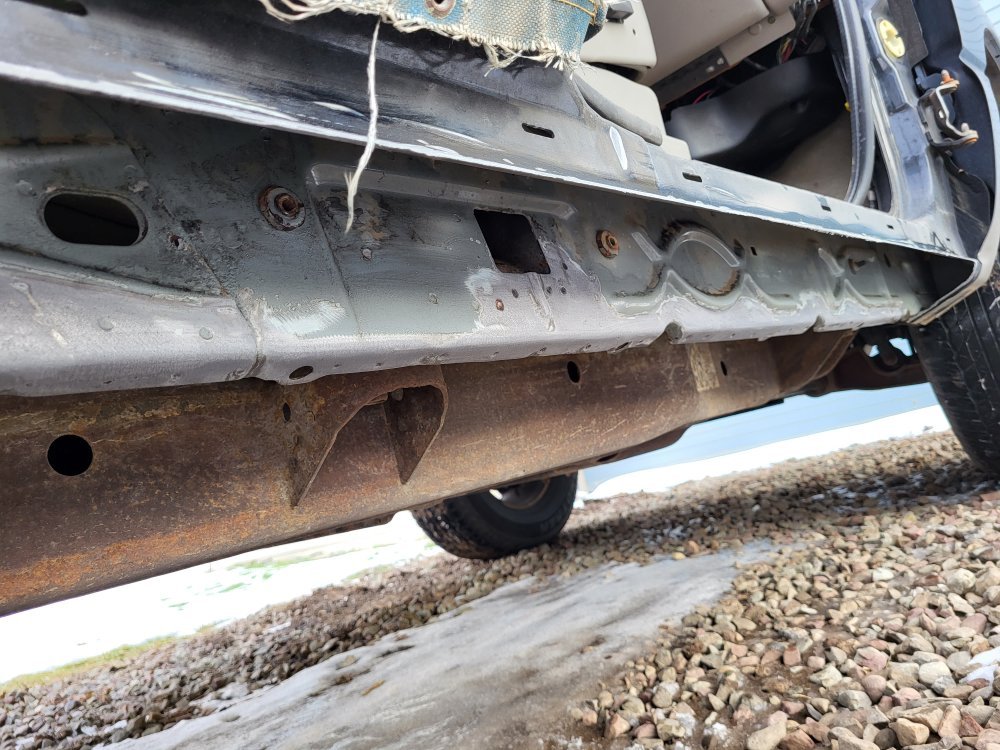
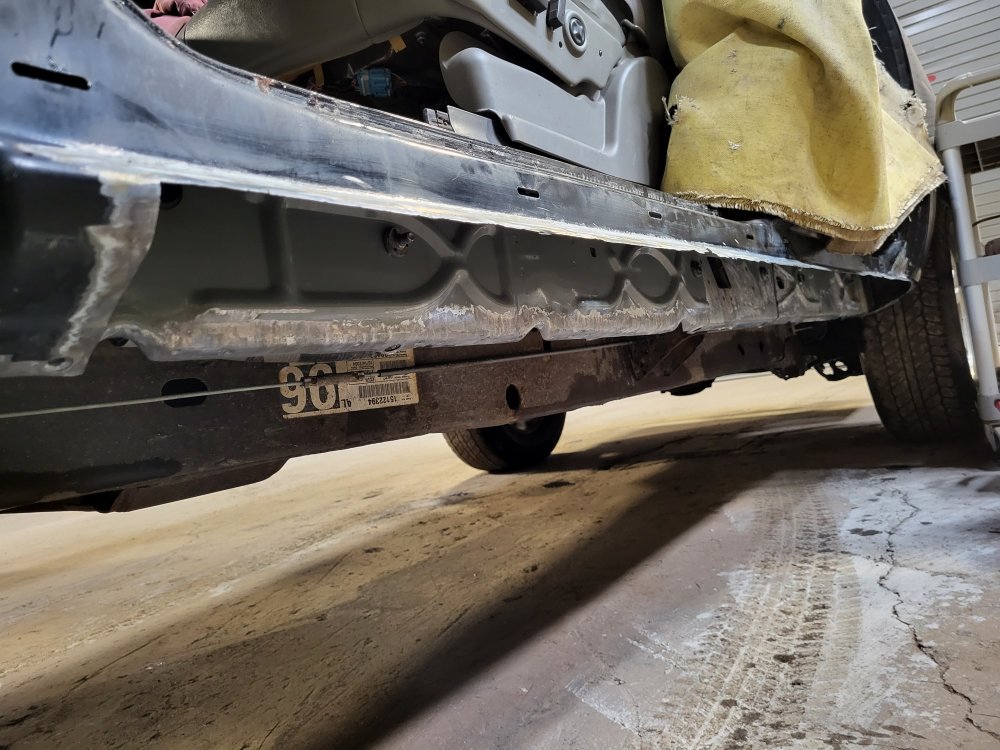
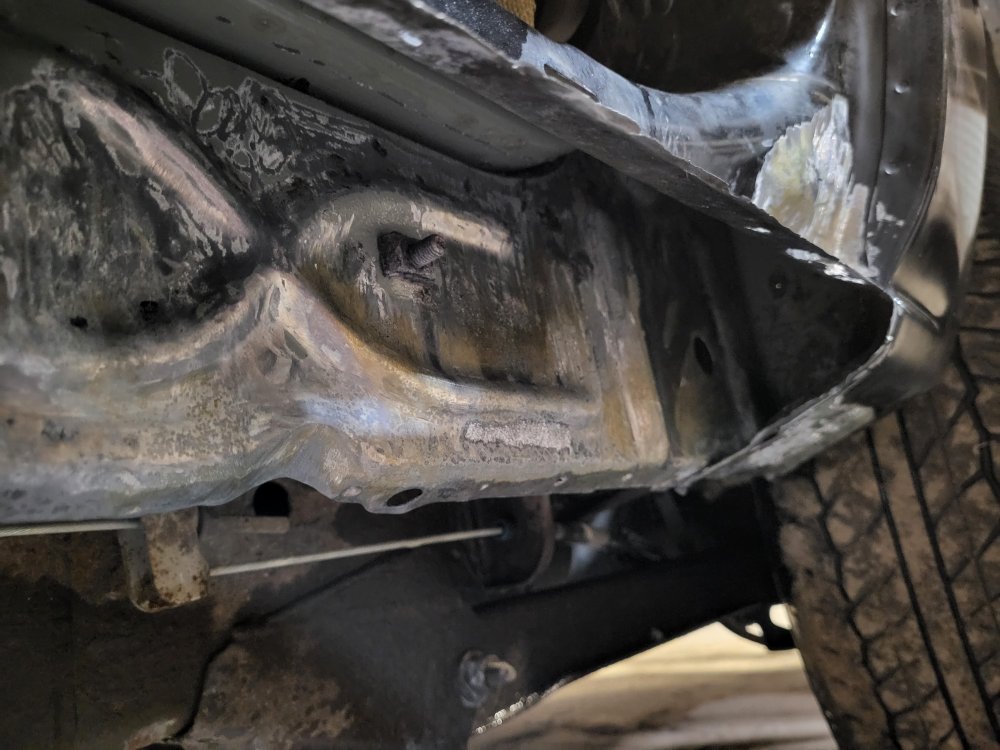
To be honest the shaft was easy. That stupid plastic POS bearing sucked to install. The access to the lower column is tight. I did it without removing the driver's seat as I didn't have the reverse torx bits. Laid on my back on the floor board with my feet out the door on the ground. If you have any type of back or shoulder issues this job isn't for you.I know you're on body work now, but what kind of job was it to replace the steering shaft and bearing shown in your first post in this thread? My '05 Tahoe and '01 Sierra are due.